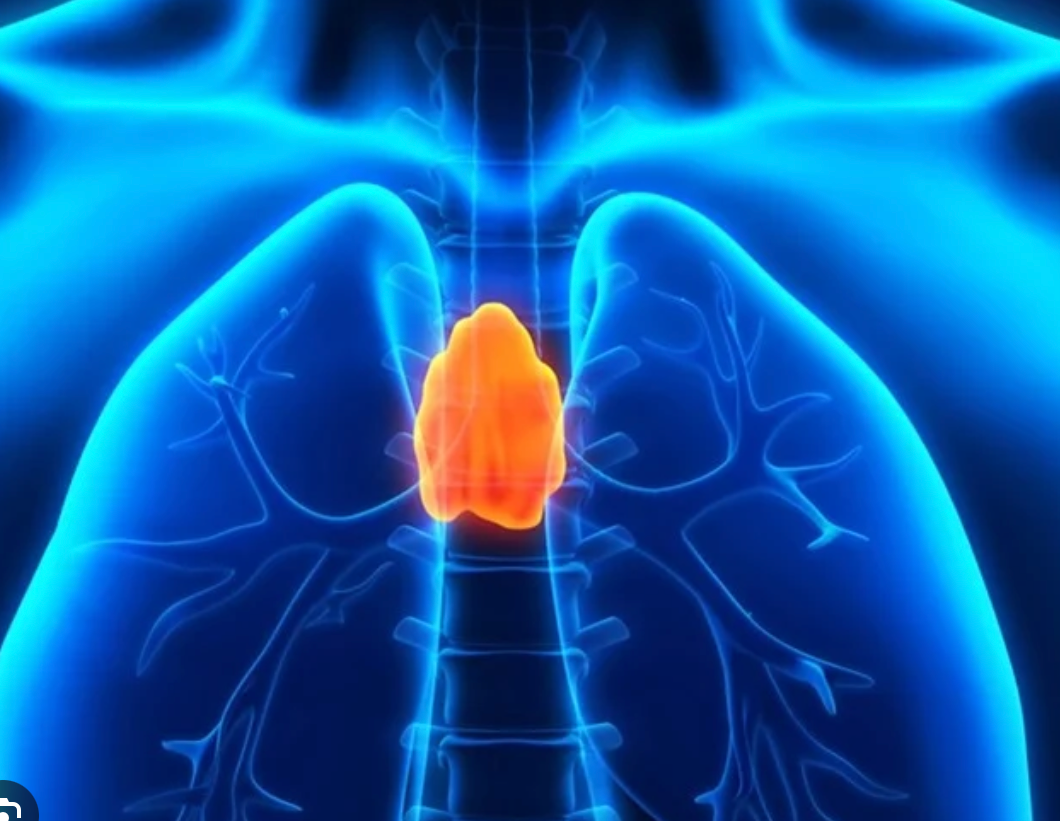As a leading thoracic surgeon specialising in minimally invasive techniques, I’ve witnessed the transformative impact of these procedures on lung cancer patients. Minimally invasive surgery (MIS) for lung cancer has revolutionised the field, offering numerous benefits over traditional open surgery. In this comprehensive guide, we’ll explore the advantages of minimally invasive lung cancer treatment, its techniques, and why it’s becoming the preferred choice for many patients.
Understanding Minimally Invasive Lung Cancer Surgery Techniques
Minimally invasive lung cancer surgery involves performing the necessary procedure through small incisions rather than the large incisions used in traditional open surgery. This approach typically utilises specialised instruments and a camera to guide the surgeon.
Types of Minimally Invasive Lung Cancer Surgery Techniques
- Video-Assisted Thoracoscopic Surgery (VATS): VATS lung cancer surgery uses a small camera and surgical instruments inserted through tiny incisions.
- Robotic-Assisted Lung Cancer Surgery: Advanced robotic systems provide enhanced precision and control during the procedure.
Both minimally invasive lung cancer treatment techniques allow for the removal of cancerous tissue while minimising trauma to surrounding healthy tissue.
Benefits of Minimally Invasive Surgery for Lung Cancer
Reduced Pain and Faster Recovery
One of the most significant advantages of minimally invasive lung cancer surgery is the reduction in post-operative pain. Patients typically experience:
- Less discomfort compared to traditional open surgery
- Shorter hospital stays (often just a day or two)
- Quicker return to normal activities
- Reduced need for pain medication
Minimal Scarring and Improved Cosmetic Outcomes
VATS and robotic-assisted lung cancer surgery result in smaller incisions, which means:
- Less visible scarring
- Improved patient satisfaction with cosmetic results
Lower Risk of Complications
Minimally invasive techniques for lung cancer are associated with:
- Reduced blood loss during surgery
- Lower risk of infection
- Decreased likelihood of post-operative pneumonia
Preservation of Lung Function
The precision of minimally invasive lung cancer treatment allows surgeons to:
- Remove cancerous tissue more accurately
- Preserve more healthy lung tissue
- Potentially improve long-term lung function outcomes
Who is a Candidate for Minimally Invasive Lung Cancer Surgery?
Minimally invasive surgery for lung cancer is most often a treatment option for patients with Stage 1 or Stage 2 non-small cell lung cancer, but also, in expert hands, more advanced stages.
However, advancements in technique and technology are expanding the criteria for minimally invasive lung cancer surgery candidates.
The Minimally Invasive Lung Cancer Surgery Process
Pre-operative Preparation
Before minimally invasive lung cancer surgery, patients undergo:
- Comprehensive health assessment
- Imaging studies to precisely locate the tumour
- Discussion of the procedure, risks, and expected outcomes
During the Minimally Invasive Lung Cancer Surgery
- The patient receives general anaesthesia
- A small incision, typically one of 3cm, is made in the chest
- A camera and specialised instruments are inserted through these incisions
- The surgeon removes the cancerous tissue, guided by high-definition video imagery
- Lymph nodes may also be removed for staging purposes
Post-operative Care After Minimally Invasive Lung Cancer Surgery
After the minimally invasive lung cancer treatment:
- Patients are closely monitored in a recovery area
- Most can return home within 1-2 days
- Follow-up appointments are scheduled to ensure proper healing and recovery
Comparing Minimally Invasive Surgery to Traditional Open Lung Cancer Surgery
While both approaches aim to remove cancerous tissue, minimally invasive lung cancer surgery offers several advantages:
Aspect Minimally Invasive Lung Cancer Surgery Traditional Open Lung Cancer Surgery
Incision Size Small (1-3 cm) Large (15-20 cm)
Pain Level Reduced Higher
Hospital Stay 1-2 days 5-7 days
Recovery Time Faster Longer
Scarring Minimal More noticeable
Complication Risk Lower Higher
The Future of Minimally Invasive Lung Cancer Surgery
As technology continues to advance, we can expect:
- Further refinements in minimally invasive lung cancer treatment techniques
- Expanded use of artificial intelligence in surgical planning and execution
- Increased accessibility of minimally invasive surgery for a broader range of lung cancer patients
Choosing the Right Surgeon for Minimally Invasive Lung Cancer Surgery
When considering minimally invasive surgery for lung cancer, it’s crucial to choose a surgeon with:
- Extensive experience in minimally invasive lung cancer treatment techniques
- A track record of positive outcomes
- Access to state-of-the-art technology and facilities
As a thoracic surgeon specialising in minimally invasive procedures, I’ve dedicated my career to providing patients with the best possible outcomes. My experience and commitment to staying at the forefront of surgical advancements allow me to offer cutting-edge care to lung cancer patients.
Frequently Asked Questions About Minimally Invasive Lung Cancer Surgery
Q1: What is the recovery time for minimally invasive lung cancer surgery?
A: Most patients return home within 1-2 days and can resume normal activities within 2-4 weeks, significantly faster than traditional open surgery.
Q2: Is VATS lung cancer surgery as effective as open surgery?
A: Yes, studies have shown that VATS is equally effective in treating lung cancer while offering additional benefits like faster recovery and less pain.
Q3: How small are the incisions in minimally invasive lung cancer surgery?
A: Incisions are typically 1-2 cm long, much smaller than the 15-20 cm incision used in traditional open surgery.
Q4: Can all lung cancer patients undergo minimally invasive surgery?
A: While many patients are candidates, factors like tumour size, location, and overall health determine eligibility. Consult with a specialised thoracic surgeon to explore your options.
Q5: What are the long-term outcomes of minimally invasive lung cancer treatment?
A: Long-term outcomes are comparable to traditional surgery, with the added benefits of faster recovery and fewer post-operative complications.
Conclusion
Minimally invasive surgery for lung cancer represents a significant leap forward in patient care. By offering reduced pain, faster recovery, and excellent oncological outcomes, minimally invasive lung cancer treatment is transforming the experience for many patients. As we continue to refine these techniques and technologies, the future looks bright for lung cancer patients seeking effective, less invasive treatment options.
If you or a loved one has been diagnosed with lung cancer, I encourage you to explore the possibility of minimally invasive lung cancer surgery. As an experienced thoracic surgeon, I’m committed to providing personalised care and the most advanced surgical options available. Together, we can navigate your treatment journey and work towards the best possible outcome.
Remember, early detection and prompt treatment are key in fighting lung cancer. If you have concerns or questions about lung cancer or minimally invasive surgical options, don’t hesitate to reach out to a qualified thoracic surgeon. Your health and quality of life are paramount, and minimally invasive lung cancer surgery may be the game-changing option you’ve been looking for.









